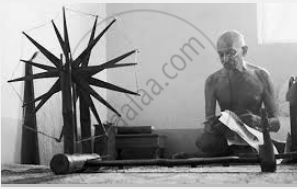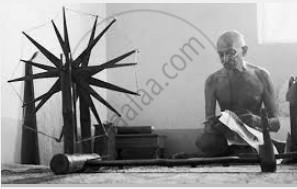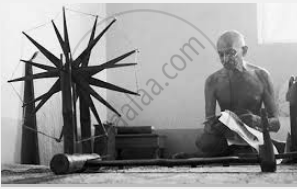Advertisements
Advertisements
Question
Match the following:
| Column A | Column B |
| 1. Quit India Movement | (a) Subhash Chandra Bose |
| 2. Forward Bloc | (b) Suppressed by the British |
| 3. World War ended | (c) Division of British India into India and Pakistan |
| 4. Mountbatten Plan | (d) 30 January 1948 |
| 5. The assassination of Gandhi | (e) 1945 |
Solution
| Column A | Column B |
| 1. Quit India Movement | (b) Suppressed by the British |
| 2. Forward Bloc | (a) Subhash Chandra Bose |
| 3. World War ended | (e) 1945 |
| 4. Mountbatten Plan | (c) Division of British India into India and Pakistan |
| 5. The assassination of Gandhi | (d) 30 January 1948 |
APPEARS IN
RELATED QUESTIONS
Fill in the blank:
In February 1947, the British government declared that power would be transferred to the Indians by __________.
Choose the correct answer:
The Non-Cooperation Movement was launched by Gandhiji in ___________.
State whether the following is true or false:
In 1919, General Dyer had issued an order banning all public meetings.
Why did Gandhiji lead campaigns in Champaran?
Why did Gandhiji lead campaigns in Kheda?
State whether the following is true or false:
The upsurge of 1942 was the last great mass challenge to British authority.
State whether the following is true or false:
The INA, with the help of the Japanese, liberated Imphal and Kohima in 1944.
This is the picture of an Indian leader who was known as the ‘Father of the Nation’,

Identify the person.
This is the picture of an Indian leader who was known as the ‘Father of the Nation’,

What are the principles on which Mahatma Gandhi's method is based?
This is the picture of an Indian leader who was known as the ‘Father of the Nation’,

Why is Mahatma Gandhi called the leader of the masses?
